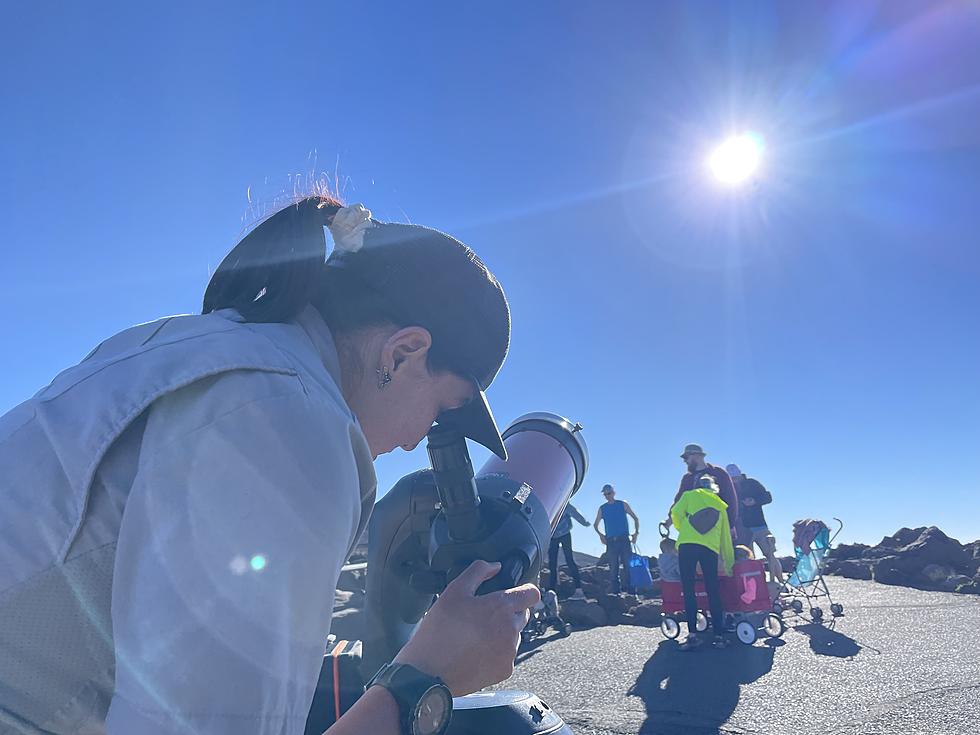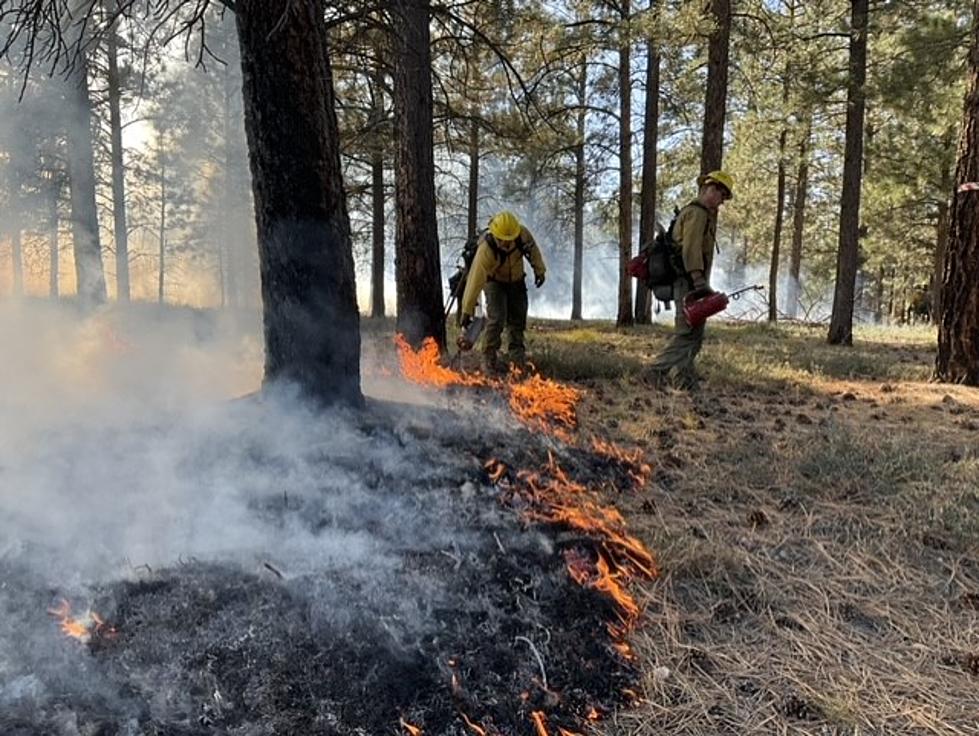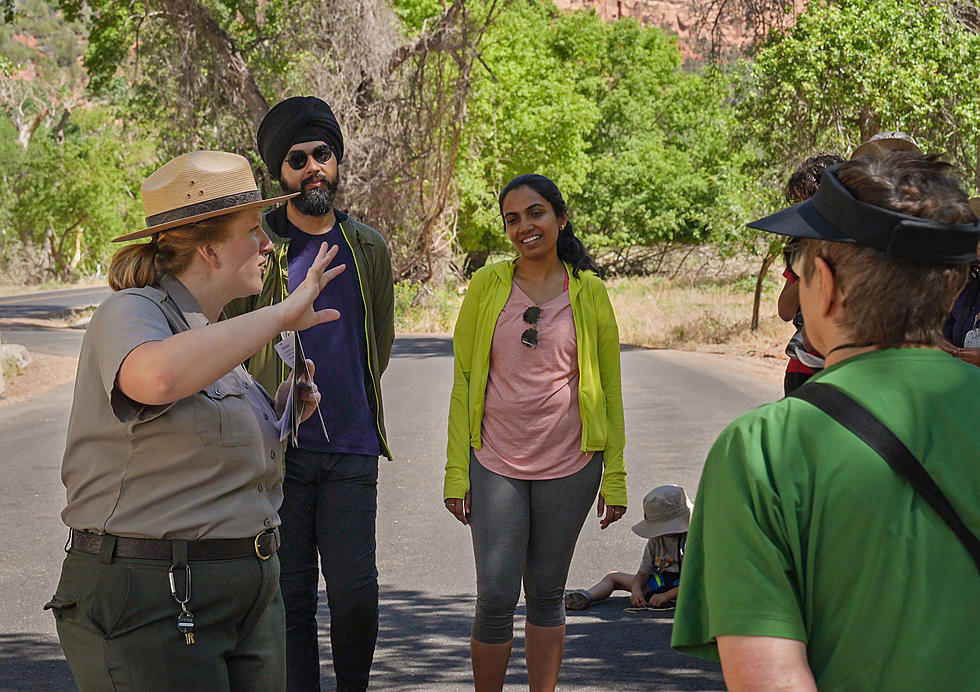
Here’s Sun In Your Eye!
Ever since we were kids we've been told “don't look at the sun! You'll burn your eyes out!” Well, that's no doubt good advice, but what if I told you that this Saturday, you could look at the sun without the eye damage? Interested?
Then come to the Cedar City Library In The Park Saturday, May 20th from 12 noon to 2PM to have your chance. The National Park Service will be bringing their solar telescope to the library where you will be able to stare at the sun.
So, what's a solar telescope?
A solar telescope is a highly specialized instrument designed to observe and study the Sun. Unlike traditional telescopes that are primarily used for observing celestial objects at night, solar telescopes are specifically engineered to safely view the Sun's intense brightness and gather valuable data about our closest star.
One of the most critical components of a solar telescope is the solar filter. This specialized filter is designed to block out a significant portion of the Sun's light and heat, while allowing only a small fraction of light to pass through for observation. This crucial feature ensures the safety of the observer and prevents eye damage or equipment overheating.
The objective lens or mirror of a solar telescope plays a vital role in collecting and focusing the incoming sunlight. It is typically larger than the eyepiece or camera lens to capture as much light as possible. This concentrated light allows astronomers and researchers to study various features of the Sun's surface and atmosphere in detail.
Solar telescopes often incorporate an etalon, which is a device used to select a narrow range of wavelengths for observation. By isolating specific wavelengths, scientists can study different layers of the Sun's atmosphere and investigate phenomena such as prominences, flares, and sunspots.
Solar telescopes can be used for both visual observations and imaging. They can be equipped with cameras or specialized instruments such as spectrographs to capture detailed images or gather data about the Sun's spectrum. These images and data contribute to our understanding of solar physics, space weather, and the effects of solar activity on Earth and other celestial bodies in the solar system.
Solar telescopes are invaluable tools in the field of astronomy, enabling scientists to study the Sun's magnetic field, solar flares, coronal mass ejections, and other solar phenomena. By advancing our knowledge of the Sun, solar telescopes help us better comprehend the dynamics of our star and its influence on our planet.
So, Saturday is your chance to act like a scientist, and do some personal study of the sun, if only for a limited time. Everyone is invited to the event and it is free.
This will be good for me. When I was a kid in 6th grade our teacher told us the sun would burn out in about 65 million years. I, of course, started to worry what I would do then, so maybe I'll stop by Saturday just to make sure things are still good with the sun.
Utah Places You Can't Stick It Because The Sun Does Shine
More From KSUB 590/107.7









